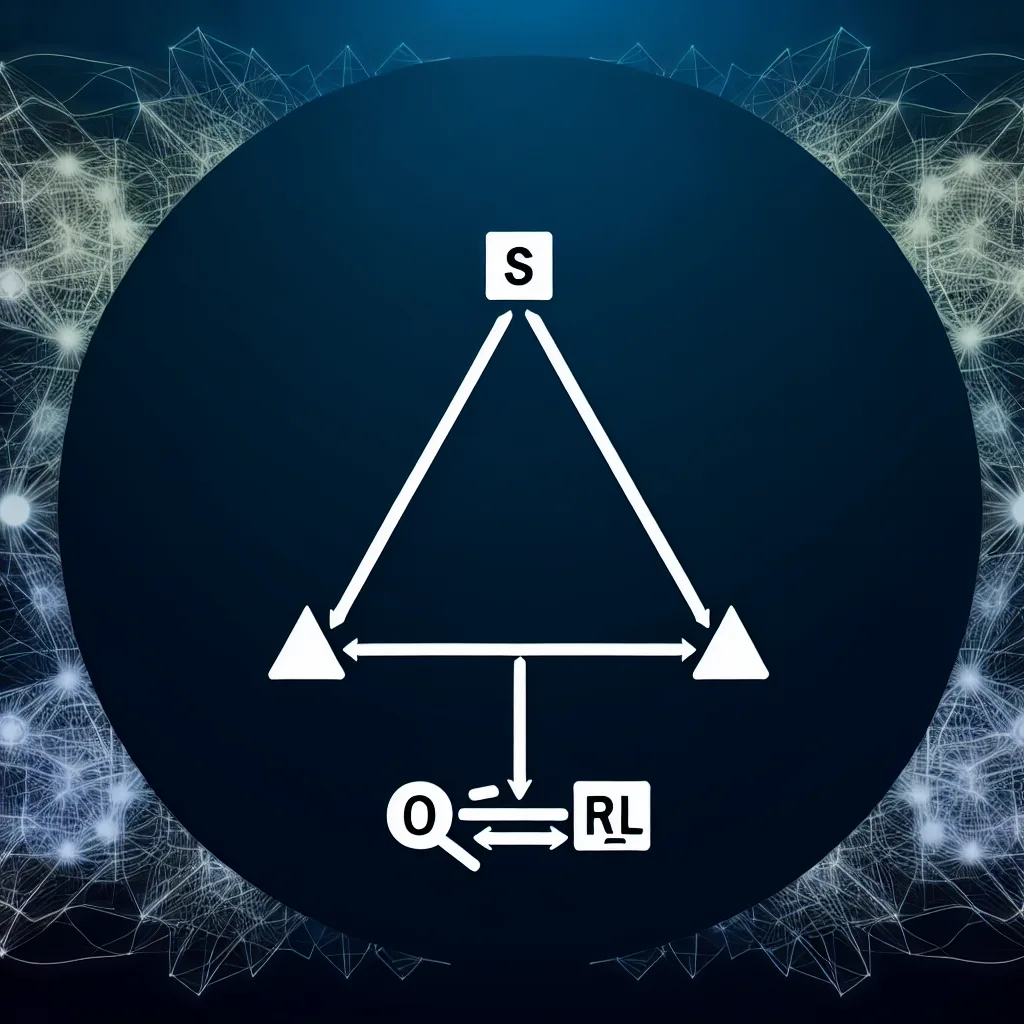Exploring a unified framework for cognition that applies to both human brains and AI systems
If you’ve ever wondered how we can really pin down what cognition is—whether in our brains or in AI systems—there’s some interesting work that recently caught my attention. It’s all about establishing solid axiomatic foundations for cognition, a way to describe thinking processes precisely and mathematically. This attempt to formalize cognition could change how we study everything from neuroscience to machine learning.
What Are Axiomatic Foundations in Cognition?
In simple terms, “axiomatic foundations” means starting with clear, basic principles or axioms and building up a system of knowledge from there. Think of it like math does with numbers or physics does with motion. This new framework aims to do something similar but for cognition itself—the processes behind learning, understanding, and decision-making.
A Minimal, Substrate-Independent Model
The core insight here is pretty cool: cognition can be captured by a minimal triad—a set of three elements—called ⟨S,𝒪,R_rel⟩, which stand for semions, operations, and relations. What’s neat is that this framework doesn’t care whether cognition happens in a biological brain or in silicon-based AI. It’s substrate-invariant, which means it abstracts away from the physical medium and focuses on the structure and operations that define cognitive processes.
This idea opens the door to bridging different cognitive models, for example, symbolic AI—which uses rules and symbols—and connectionist models like neural networks. The framework offers a common mathematical language for both, helping us analyze complex systems like transformers (the kind used in large language models) more effectively.
Why Does This Matter?
For one, this approach brings a fresh perspective to the challenge of AI alignment—making sure AI systems act in ways aligned with human values and safety concerns. By grounding cognition in thermodynamically informed constraints and operational metrics, researchers can develop more reliable ways to measure and guide AI behavior.
There’s also an emphasis on empirical testing. The proposed experiments include falsifiable protocols and even a thought experiment called “KilburnGPT,” designed to put these ideas into practice and see how well the theory holds up.
Bringing Cognitive Science and AI Together
The broader goal here is to foster interdisciplinary collaboration. Both cognitive scientists and AI researchers can use this unified framework to cross-communicate their findings and methods more seamlessly. It moves us closer to a shared understanding of cognition that’s both mathematically rigorous and grounded in real-world experimentation.
Wrapping Up
While the details get pretty technical, the takeaway is straightforward: by having clear axiomatic foundations, cognition becomes a precise object of study. This framework could help us create smarter and safer AI, better understand how our own minds work, and ultimately bring the two fields closer than ever.
For those interested, you can dive deeper into this work and explore the full paper at Zenodo. It’s a fascinating read if you’re curious about the cutting edge of cognitive science and AI.
If you want to learn more about AI alignment, you might check out AI Alignment Forum, and for foundational theories of cognition, MIT’s Cognitive Science Portal is a great resource.
Understanding cognition through axiomatic foundations isn’t just academic—it’s a step toward building smarter systems and maybe even a clearer sense of our own minds.
